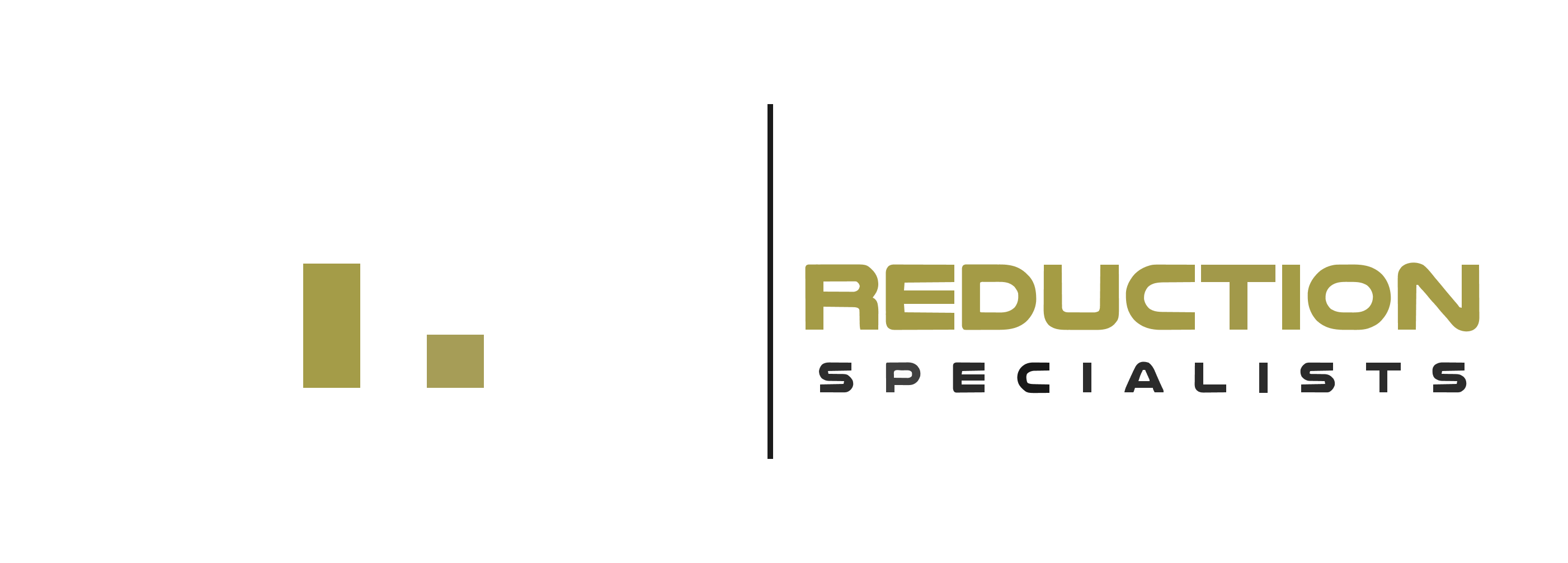Unlocking the Power of Highly Appreciated Assets
Do you own highly appreciated assets and want to maximize them while supporting a charitable cause close to your heart? Charitable Remainder Trusts (CRTs) present a unique and rewarding opportunity for philanthropists and individuals seeking to optimize their financial gains while leaving a lasting legacy.
The Challenge of Highly Appreciated Assets
As a savvy investor, you may have assets like real estate, stocks, or other investments that have significantly appreciated over time. While this is a testament to your financial acumen, it also means you could be facing substantial capital gains tax if you were to sell these assets outright. Such a tax burden can significantly erode the returns you’ve worked hard to build.
Sign up – It’s Free
Introducing Charitable Remainder Trusts
A Charitable Remainder Trust is an estate planning tool that allows you to donate your highly appreciated assets to a tax-exempt trust. The trust then sells the assets and invests the proceeds. The best part? You won’t incur any immediate capital gains tax on the sale.
Deferring Capital Gains Tax
By transferring your assets to the CRT, you effectively defer the capital gains tax until you start receiving income from the trust. Since the trust is tax-exempt, it can reinvest the full value of your assets, maximizing your potential returns.
Enjoying a Stream of Income
Upon creating the CRT, you become eligible to receive an income stream for either a fixed number of years or your entire lifetime. This income can be structured to suit your financial needs and goals, providing you with a stable and reliable source of funds during retirement or any other period you specify.
Leaving a Legacy
Beyond the immediate financial benefits, CRTs offer a profound opportunity to create a lasting legacy. After the trust term or the lifetime of the income beneficiaries, the remaining assets are directed to the charitable organization you’ve chosen, supporting the cause you hold dear for years to come.
Making an Impact: A Hypothetical Scenario
Sarah, a successful entrepreneur, owns highly appreciated stocks currently valued at $1 million. She is looking to diversify her investments and wants to support an environmental charity she’s been passionate about for years.
Scenario 1: Without CRT If Sarah sells the stocks directly, she’ll incur a capital gains tax on the appreciated value, significantly reducing her net proceeds.
Scenario 2: With CRT Instead, Sarah establishes a Charitable Remainder Trust, donating the stocks to the trust. The trust then sells the stocks and reinvests the full $1 million. Sarah becomes eligible for a charitable deduction and starts receiving an income stream from the trust. The capital gains tax is deferred, leaving Sarah with more funds to invest and enjoy during her retirement. Furthermore, once the trust term ends, the remaining assets go to the environmental charity, leaving a lasting impact on the cause she cherishes.
Seeking Professional Guidance
While Charitable Remainder Trusts offer numerous benefits, they are complex financial instruments that require careful planning and consideration. It’s crucial to work with experienced estate planning professionals and financial advisors to tailor the CRT to your unique goals and circumstances.
The advisor to the CRT, or the DAF sponsoring charity, can make distributions from the DAF in accordance with a plan you have discussed and left with the advisor.
While it is possible to structure a CRT so that you can change the tax-exempt entities benefitting from the CRT remainder interest, including provisions allowing you do this require you to give up other CRT provisions you might rather keep – such as the ability to serve as the CRT trustee.
Finally, CRTs are flexible vehicles. This post barely scratches the surface of how a CRUT can be structured. Indeed, besides plain-vanilla CRUTs, there are NiMCRUTs, income-only CRUTs, and flip-CRUTs. Each of these CRUT variations provide interesting and creative ways of accomplishing both non-charitable and charitable estate and financial planning goals using various assets as funding sources for the CRT.
Basic Rules
At least one non-charitable income beneficiary
Income payout must be at least 5 percent, but no more than 50 percent
Payout is set based on the value of trust assets either as valued when the trust is funded (in the case of an “annuity” trust), or as assets are revalued annually (in the case of a “unitrust”)
Trust term (how long the trust will last) can be no more than 20 years, for the lifetime(s) of a measuring life(s) or a combination of a lifetime(s) and a term of years not to exceed 20
Remainder beneficiary(ies) of the CRT must be a qualified 501(c)(3) charity
CRTs are tax exempt
Non-charitable income beneficiaries of the CRT are subject to tax on distributions from the CRT in the year the distribution(s) is received.
Traditional IRA to a Roth IRA
The process of converting a Traditional IRA to a Roth IRA and provide you with a step-by-step guide. If you have specific questions or need detailed information, feel free to ask!
Converting a Traditional IRA to a Roth IRA involves moving funds from the Traditional IRA, which offers tax-deferred growth and tax-deductible contributions, to a Roth IRA, which allows for tax-free withdrawals in retirement.
Here's a general guide to the process
Step 1
Understand the Basics Before proceeding with a conversion, make sure you understand the key differences between Traditional and Roth IRAs, particularly the tax implications. Converting from a Traditional to a Roth IRA is a taxable event because you're essentially "pre-paying" taxes on the amount converted.
Step 2
Eligibility Ensure that you're eligible for a Roth IRA conversion. There are no income limits for Roth conversions, regardless of your filing status or income level.
Step 3
Decide on a Conversion Method There are two main methods for converting a Traditional IRA to a Roth IRA: Direct Conversion (Trustee-to-Trustee Transfer): This involves instructing your Traditional IRA custodian to directly transfer the funds from your Traditional IRA to your Roth IRA custodian.
Step 4
Calculate Tax Implications Consult a tax professional or use tax software to estimate the taxes you'll owe on the converted amount. The amount you convert will be added to your taxable income for the year of the conversion.
Step 5
Complete the Conversion If you're doing a direct conversion, contact your Roth IRA custodian and follow their specific instructions for initiating the conversion. If you're doing a 60-day rollover, make sure to complete the rollover within the specified timeframe.
Step 6
Report the Conversion When you file your taxes for the year of the conversion, you'll need to report the conversion amount on your tax return. This will be included in your taxable income for that year.
Step 7
Reap the Benefits After the conversion, your funds are now in a Roth IRA. This means that future qualified withdrawals (those made after age 59½ and after the account has been open for at least 5 years) will be tax-free.
Keep in mind that individual circumstances can vary
Tax laws and regulations might change. It’s always a good idea to consult with a financial advisor or tax professional before making any significant financial decisions like IRA conversions.
Please reach out to us to learn more about how you can move beyond the standard Traditional conversion planning process. Speak with one of our specialists in tax reduction to fully leverage the tax code, allowing you to strategically position yourself and ensure your future income needs are optimally addressed.
For more information of how to leave your IRA to your heirs in the most tax efficient way, please watch the video

